Cromford Mill
The world's first successful water-powered cotton mill paved the way for the factories of the British Industrial Revolution.
The creation of the Cromford Mill, the first successful water-powered cotton spinning mill, was more than just an important step in making cotton production easier. It brought about major social change in England, and is widely considered to be the foundation of the factory system and the start of Britain’s Industrial Revolution.
The innovative cotton mill was developed by Richard Arkwright in 1771 in the town of Cromford, located in Derbyshire, England. At the time of Arkwright’s invention, machine-spun cotton was produced by means of the “Spinning Jenny,” but the cotton created was not sufficiently strong enough to form into all the fabrics needed. In 1769, Arkwright patented the water frame, which made use of an overshot water wheel, an improvement on the Spinning Jenny because it could deal with variable fiber lengths.
Arkwright chose to build his five-story mill in Cromford because it had a supply of water from a lead mine drainage passage called the Cromford Sough, as well as the nearby Bonsall Brook. The water exited the mine warm because of geothermal heating, and was known never to freeze. The mill opened in 1772, and operated day and night with two 12-hour shifts with a total of 200 workers.
The mill required more workers than the village of Cromford could provide, so housing was built nearby so people could come from other villages to work. Most of the original employees of the mill were women and children, some as young as seven years old.
In 1772, the lead mine was drained. This resulted in a severe lack of water coming in to the mill, and eventually, in the 19th century, it had no choice but to shut down. The Arkwright Society bought the site and began restoring it to its original state. The original mill building still remains, but Arkwright’s second mill, which was much larger, burned down in a fire. (On the bright side, the fire exposed the second mill’s wheel pit, and water flow into drainage tunnels can be viewed from a viewing platform nearby.)
Across the road from the mills is the historical Cromford Canal Wharf, which was important in the importation of wool bales and exportation of finished wool products. About half a mile upstream is another mill Arkwright built in 1783, which now houses a “shopping village” and a textile museum.
Know Before You Go
Parking at the site is actually cheaper than the nearby County Council parking lot. Cromford railway station is in easy walking distance. Nice tea room on site which serves a really good cup of tea. Entry in 2017 was £3 or £5 for the guided tour.

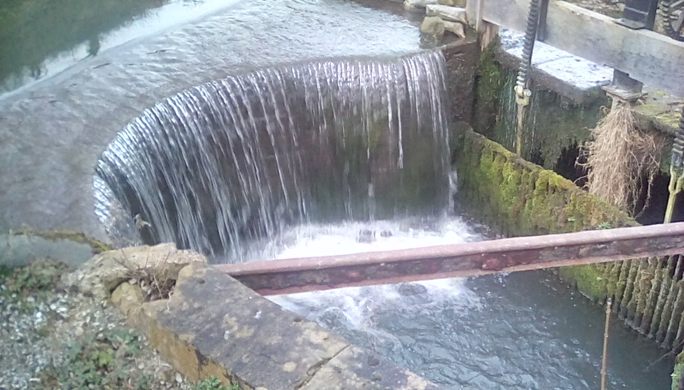
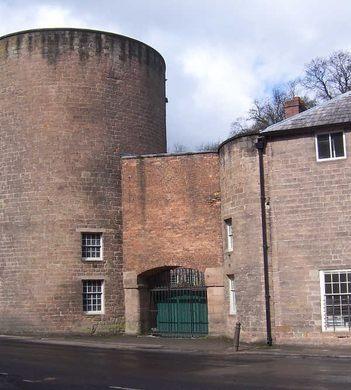
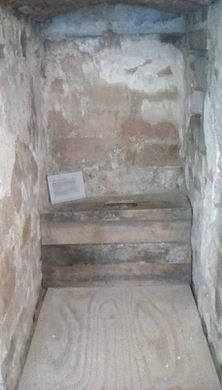
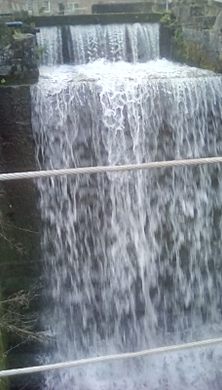
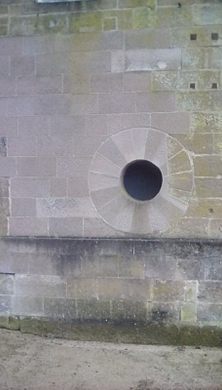
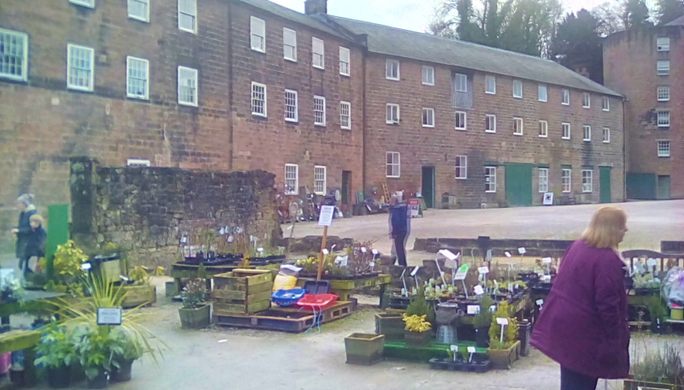


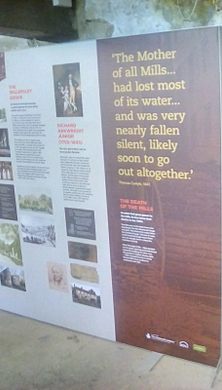





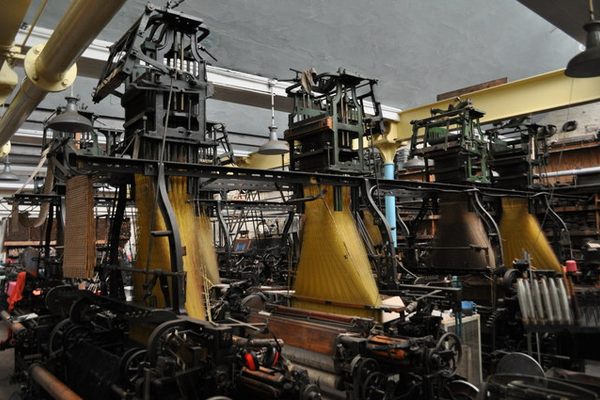






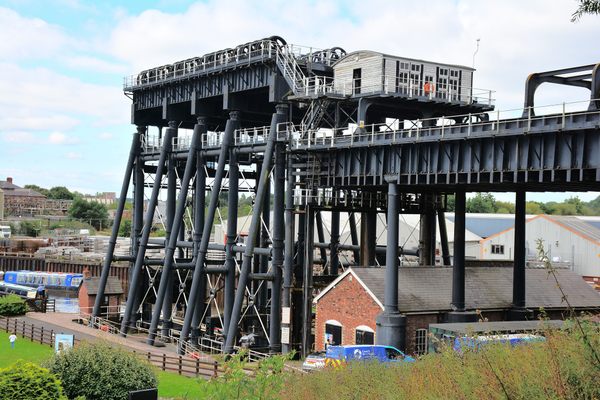

Follow us on Twitter to get the latest on the world's hidden wonders.
Like us on Facebook to get the latest on the world's hidden wonders.
Follow us on Twitter Like us on Facebook